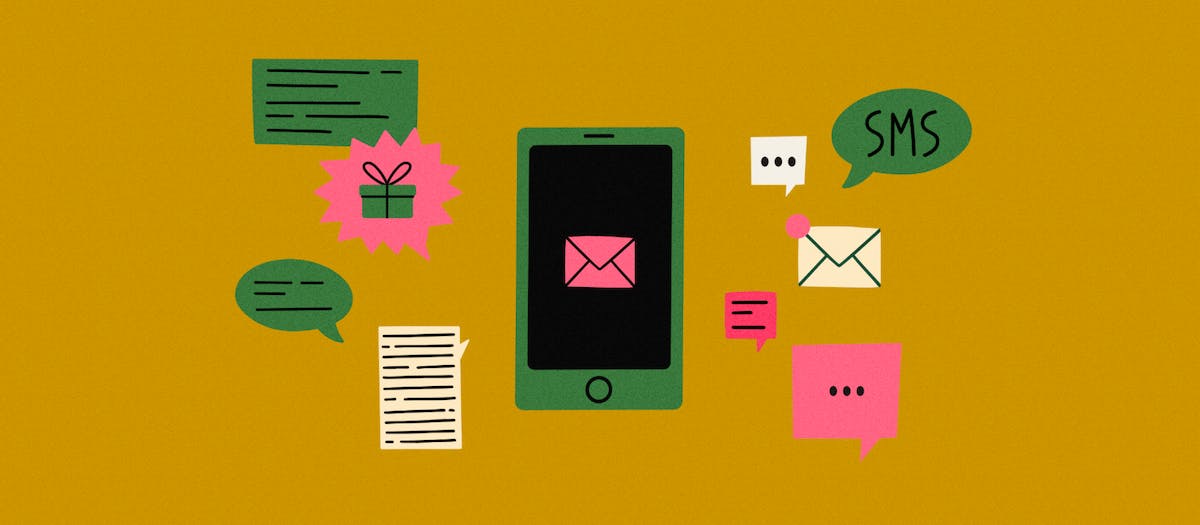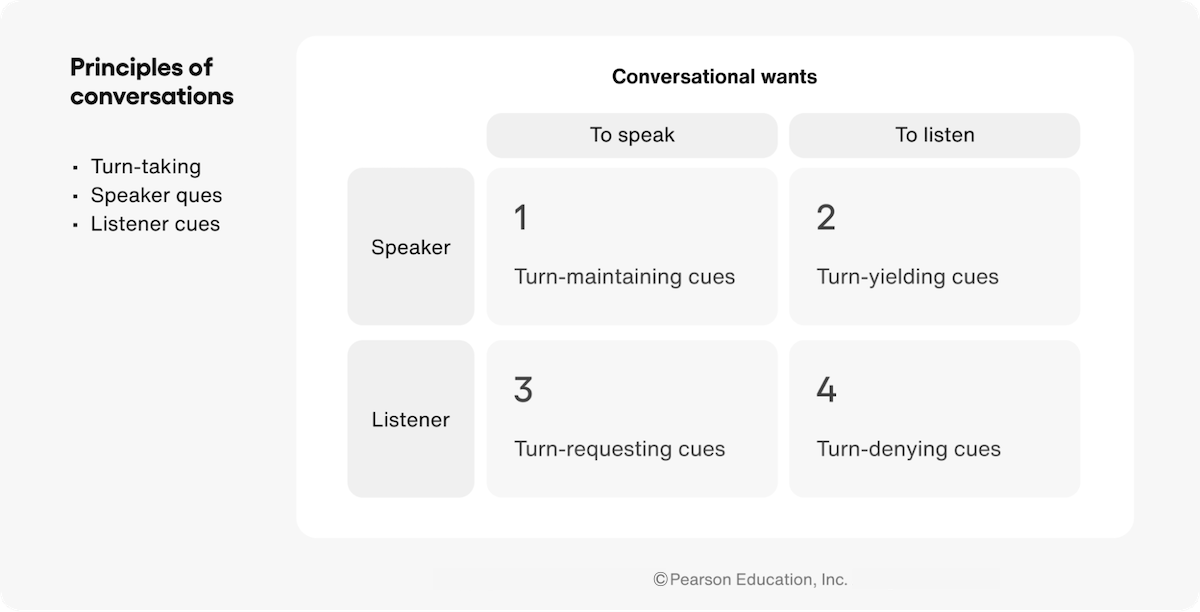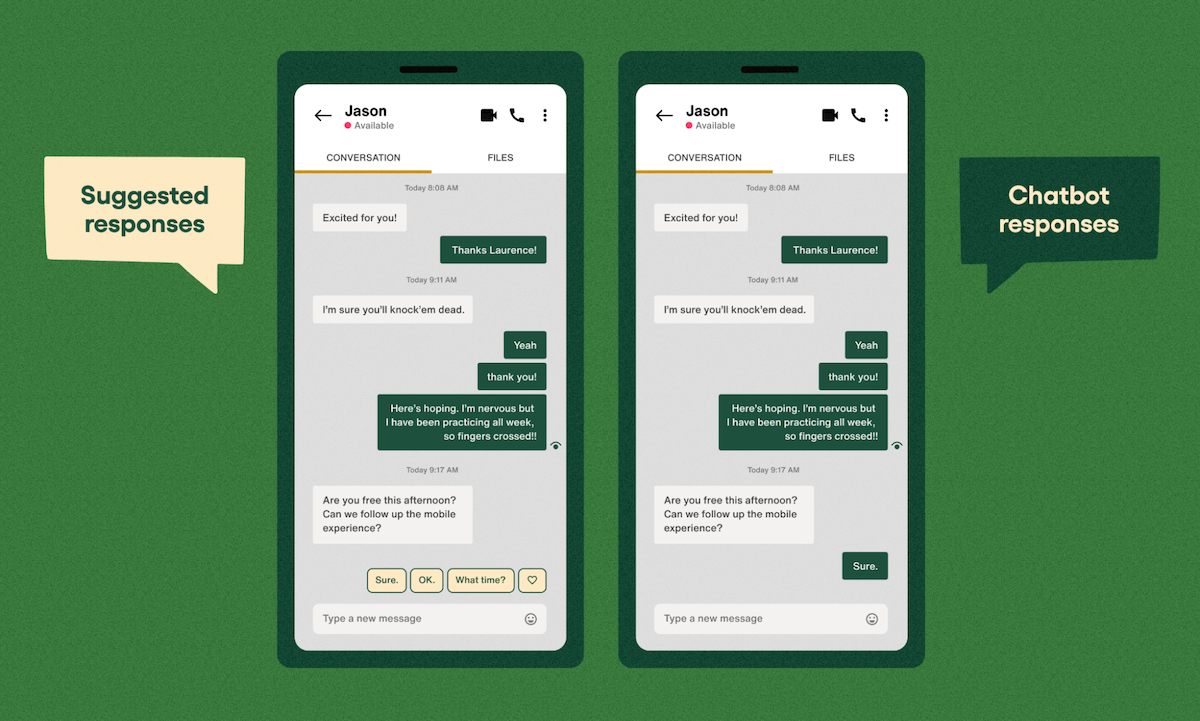How we know to take turns in online chat – Conversation Analysis part 2

Digital conversation through chat, voice, and video is at the heart of Sendbird, the leading communications API platform. As part of our effort to develop a comprehensive understanding of the nuances of conversation, our research team has reviewed studies within Conversation Analysis (CA). CA is recognized as one of the most effective ways to study human conversations.
In this blog series, we explore the fundamental concepts from CA and discuss how they shape today’s chat experiences. Part 1 of this two-part series explored how turn-taking is critical and finely tuned in oral conversations. Conversation participants start speaking within microseconds of each other person stopping. This is facilitated by turn-taking cues.
Types of turn-taking cues
There are four types of turn-taking cues, which can be divided into speaker cues (turn-maintaining and turn-yielding) and listener cues (turn-requesting and turn-denying):

Speaker cues
There are times when a speaker gets interrupted during their turn. In such cases, the speaker may use turn-maintaining cues to express their desire to continue speaking. These include: increasing the volume and tempo of speech, audibly inhaling, and gesturing “Stop” with their hands.
Unfortunately, there aren’t many unique features that facilitate such cues in today’s online chat. An exception is typing indicators, which can convey that the speaker is not done with their messages.
Sometimes, a speaker may want to indicate that they wish to yield their turn to someone else in the conversation. The speaker can use turn-yielding cues such as dropping their intonation or pausing at length.
One can also more directly yield the turn to someone else by ending with “Okay?” / “Right?” or making eye contact with the listener with whom they would like to exchange the role of the speaker. In online chat, this can be done by mentioning a user, so that you can give your users the ability to yield their turn to another user.

Your app is where users connect.
Listener cues
So, how can a listener get their turn without yelling out “I would like to speak”? The listener can nudge the speaker with noises like “um” or non-verbal cues like opening their eyes and mouth and leaning forward—these are all examples of turn-requesting cues. Zoom, a popular video conferencing tool often used for online meetings, mimics this behavior with a hand-raising feature.
However, if the listener wants to keep their role and deny their turn to speak, they may use turn-denying cues such as gesturing that they do not wish to speak by leaning away or avoiding eye contact. Some may even go as far as making themselves unavailable for speech by fake-coughing.
While there aren’t any established features that directly enable these cues, ghosting can be considered an extreme means of denying your turn.

Backchannel signals
Backchannel signals are another type of cue that the listener can use but do not directly facilitate the turn-taking process. These are expressions like “Mmhmm” and “Right!” or physical gestures such as nodding that indicate the listener’s attention, understanding, or agreement rather than conveying important information.
In online chat, you do not get the benefit of tone and physical gestures for you to give these signals, which is why Sendbird supports reactions, so users can show they’ve actively digested the message or agree with it by simply “liking” the message. Learn what other features Sendbird Chat offers to see how you could enrich your users’ in-app conversations!
Adjacency pairs
Backchannel signals aren’t the only way the listener can acknowledge the speaker’s utterance. Depending on the speaker’s message, some responses can turn the exchange into an adjacency pair. Adjacency pairs are basic units of a conversation in which one person speaks, and another person replies to the first speaker’s utterance.
Adjacency pairs are crucial for establishing a rapport between two speakers. Imagine a situation where the speaker gives turn-yielding cues while the listener continues to show turn-denying cues—doesn’t really sound like a conversation, right?
Some examples of adjacency pairs are:
- Question-answer (e.g., “What’s up?” – “Nothing much!”)
- Offer-acceptance/refusal (e.g., “Let me help you.” – “No, I’m good.”)
- Compliment-response (e.g., “Great job!” – “Thank you.”)

Suggested responses and chatbot responses can be examples of these in online chat.
Research has shown that well-designed chatbot interactions can elicit emotions and build rapport that users would otherwise have with a human operator. These subsequently impact the consumer’s purchase intention and satisfaction.
No matter your use case, you can achieve the same by using Sendbird’s bot interface to easily connect a bot to any 1-on-1 message or group channel in your app. If you want to go deeper, check out this tutorial about how to implement chatbots with Sendbird and Dialogflow!
Conclusion: Taking turns in digital chat
Messaging is written and spoken language converging into a single medium. Adding turn-taking cues to your chat will make it easier for your audience to engage with one another and build rapport and community in the way good conversation always does.
In Part 3 of this blog series, we will discuss repair as the last concept to introduce from Conversation Analysis. We’ll also look to the future in terms of how human conversations continue to evolve. Stay tuned! ✌️










